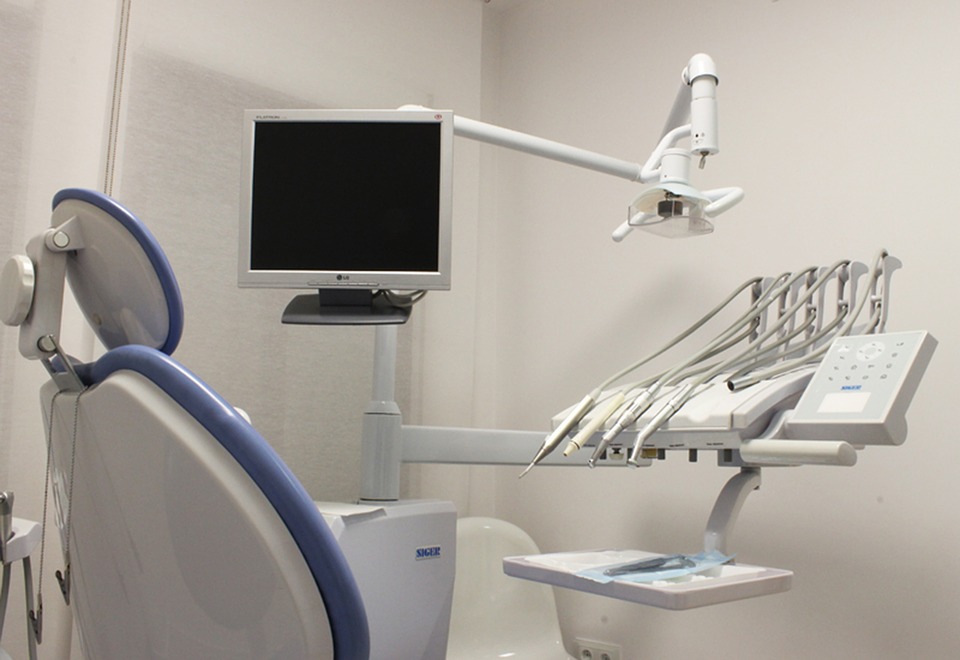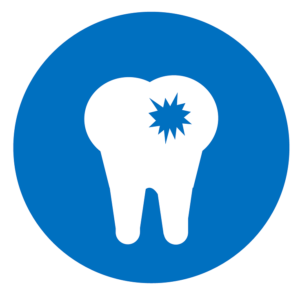Digital dentistry has transformed the field of oral health care, integrating advanced technologies to enhance precision, efficiency, and patient experience. At D. Dental in Denton, we are at the forefront of this revolution, continually adopting and implementing the latest digital innovations to provide exceptional care. This article explores the cutting-edge digital dentistry technologies at D. Dental and how they are shaping the future of dental care.
1. 3D Imaging and Cone Beam CT Scans
One of the most significant advancements in digital dentistry is the development of 3D imaging and Cone Beam Computed Tomography (CBCT) scans. These technologies have revolutionized how we visualize and plan dental treatments.
- Enhanced Visualization: CBCT scans provide a detailed three-dimensional view of the patient’s oral anatomy, including teeth, bone structure, and surrounding tissues. This detailed imaging allows for more accurate diagnosis and treatment planning, minimizing risks and improving outcomes.
- Precise Treatment Planning: With 3D imaging, our team can plan complex procedures with greater precision. Whether it’s for dental implants, orthodontics, or surgical interventions, CBCT helps us visualize the exact placement and alignment needed, ensuring a more predictable and successful result.
2. Digital Impressions
Traditional impressions often involved messy materials and uncomfortable trays. Digital impressions, however, have streamlined this process, offering several advantages.
- Accuracy and Comfort: Digital impression systems use advanced scanners to capture highly accurate images of the teeth and gums. This method is more comfortable for patients compared to traditional impressions, which can cause gagging and discomfort.
- Efficiency: Digital impressions eliminate the need for physical molds, speeding up the process and reducing the time spent in the dental office. The digital data is instantly available for use in designing crowns, bridges, and other restorations, leading to faster turnaround times.
3. Computer-Aided Design and Manufacturing (CAD/CAM)
CAD/CAM technology has significantly enhanced the design and production of dental restorations. At D. Dental, we use CAD/CAM systems to create precise and customized dental prosthetics.
- Customization: CAD software allows us to design restorations, such as crowns and veneers, with meticulous detail. The digital design ensures a perfect fit and natural appearance, tailored specifically to the patient’s dental anatomy.
- In-House Milling: CAM technology enables us to mill restorations in-house using advanced machinery. This process reduces the need for external labs and allows for same-day restorations, minimizing the number of visits required for patients.
4. Intraoral Cameras
Intraoral cameras have become an essential tool in modern dentistry, providing detailed views of the oral cavity that were previously difficult to capture.
- Enhanced Communication: These small, handheld cameras capture high-resolution images of the teeth and gums, which can be displayed on a monitor in real time. This feature helps us communicate effectively with patients, showing them exactly what we see and explaining any issues or treatment plans more clearly.
- Accurate Diagnosis: Intraoral cameras allow for close-up views of areas that are hard to see with the naked eye. This capability aids in the early detection of dental problems, such as cavities or cracks, leading to more timely and effective treatment.
5. Tele-dentistry
Tele-dentistry has emerged as a valuable tool, particularly in the context of remote consultations and follow-up care.
- Convenient Consultations: Through secure video conferencing, patients can consult with our dental professionals from the comfort of their homes. This technology is especially beneficial for initial consultations, follow-up appointments, or discussions about treatment options.
- Access to Care: Tele-dentistry expands access to care, allowing patients who may have difficulty visiting the office in person to receive professional advice and support. This service helps us reach a broader audience and provide care to those who may otherwise delay or forego treatment.
6. Artificial Intelligence (AI) and Machine Learning
AI and machine learning are making significant strides in various fields, including dentistry. These technologies are being integrated into dental practice to enhance diagnostic accuracy and treatment planning.
- Predictive Analytics: AI algorithms analyze vast amounts of data to predict outcomes and identify potential issues before they become significant problems. This capability allows us to provide proactive care and tailor treatments to individual patients more effectively.
- Automated Diagnostics: Machine learning models assist in analyzing dental images and identifying patterns or anomalies that may indicate dental issues. This automation enhances the accuracy of diagnostics and ensures that no detail is overlooked.
7. Digital Workflow Integration
Integrating digital technologies into a seamless workflow enhances overall efficiency and patient experience.
- Streamlined Processes: Digital tools are interconnected to create a cohesive workflow from diagnosis to treatment. For example, digital impressions are directly linked to CAD/CAM systems, allowing for a smooth transition from design to manufacturing without manual intervention.
- Enhanced Accuracy and Speed: By reducing manual processes and potential for human error, digital workflow integration improves the accuracy and speed of dental procedures. This integration ensures that patients receive high-quality care in a timely manner.
8. Patient Engagement and Education
Digital technology also plays a crucial role in patient engagement and education.
- Interactive Tools: We use digital tools to create interactive educational materials, such as videos and visual aids, to help patients understand their treatments and oral health conditions better. This approach empowers patients to make informed decisions about their care.
- Virtual Reality (VR): Some practices are exploring VR as a tool for patient education and relaxation. VR can provide immersive experiences that help patients visualize treatment outcomes and relax during their visits.
9. Sustainable Practices
Digital dentistry also contributes to more sustainable practices in dental care.
- Reduced Waste: Digital impressions and CAD/CAM technology reduce the need for physical materials, such as impression trays and molds, minimizing waste and environmental impact.
- Energy Efficiency: Advanced digital equipment often operates more efficiently than traditional machinery, contributing to a lower carbon footprint and more sustainable practice.
Conclusion
At D. Dental, we are committed to embracing the future of digital dentistry to provide our patients with the highest quality care. By integrating advanced technologies such as 3D imaging, digital impressions, CAD/CAM, and AI, we enhance precision, efficiency, and patient satisfaction. Our dedication to staying at the cutting edge of dental innovation ensures that our patients benefit from the most advanced and effective treatments available. As digital dentistry continues to evolve, D. Dental will remain at the forefront, continually adapting and incorporating new technologies to offer exceptional care and an outstanding patient experience. If you’re interested in learning more about how these innovations can benefit your dental care, we invite you to schedule a consultation with our team.



